Seamless AI-powered observability for multicloud serverless applications
Dynatrace
FEBRUARY 9, 2022
In addition to existing support for AWS Lambda , this support now covers Microsoft Azure Functions and Google Cloud Functions as well as managed Kubernetes environments, messaging queues, and cloud databases across all major cloud providers. This enables your DevOps teams to get a holistic overview of their multicloud serverless applications.

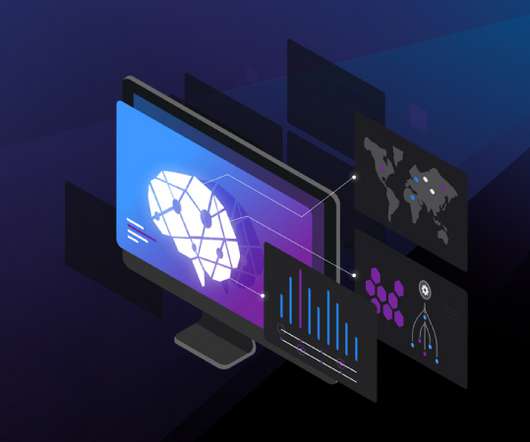
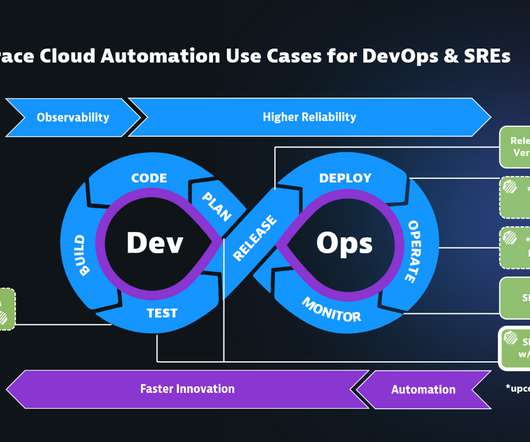


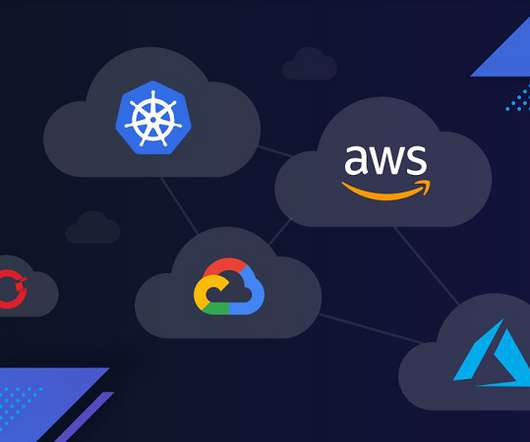


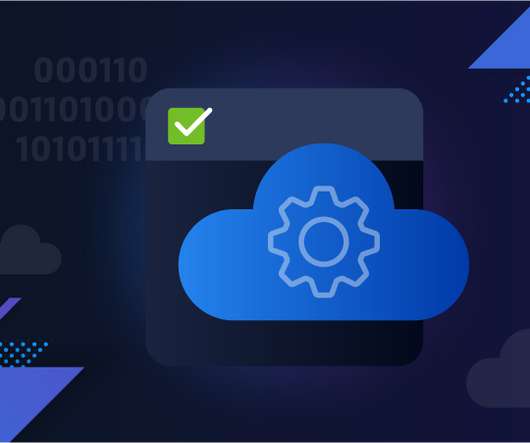
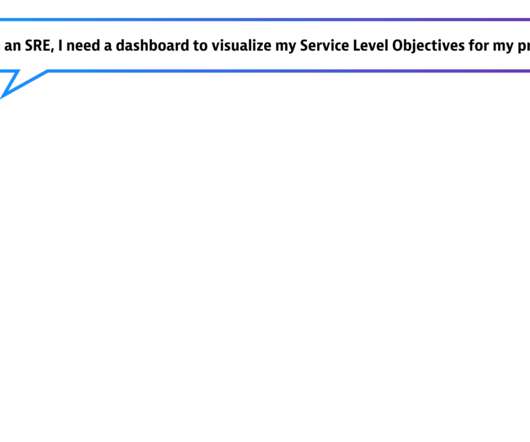

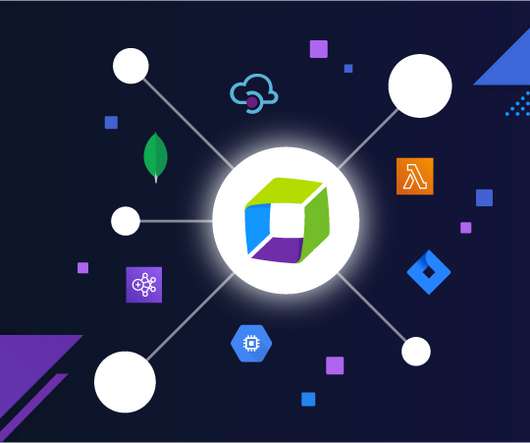








Let's personalize your content